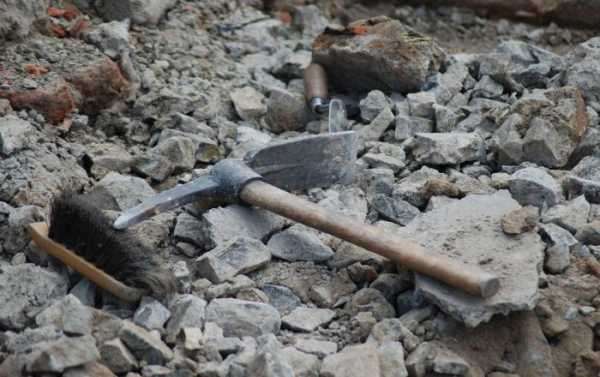
The recent excavation of tools from a cave in central Mexico has reportedly provided scientists with strong evidence suggesting that humans have been living in North America for at least 30,000 years – doubling previous estimates of the human occupation of the continent.
Two new studies published in British weekly scientific journal Nature detailed that artifacts, including some 1,900 stone tools, recovered from a remote cave in Mexico showed human occupation of North America for more than a 20,000 year period.
“Our results provide new evidence for the antiquity of humans in the Americas,” Ciprian Ardelean, study lead and archeologist of the Universidad Autonoma de Zacatecas, told AFP in an emailed statement.
However, “there are only a few artifacts and a couple of dates from that range,” he noted, speaking of the 31,000 to 33,000-year range. “However, the presence is there.”
According to the researchers in the study, “it is likely that humans used this site on a relatively constant basis, perhaps in recurrent seasonal episodes part of larger migratory cycles.”
University of Oxford radiocarbon researchers Lorena Becerra-Valdivia and Thomas Higham noted that this estimate suggested a widespread human occupation of North America “before, during and immediately after the Last Glacial Maximum,” which occurred between 27,000 and 19,000 years ago.
The findings of researchers come at a time when archaeologists widely agree that humans migrating to North America from Asia could not have penetrated massive ice sheets that are believed to have covered much of the modern-day northern US and Canada.
The study concluded “the widespread expansion of humans through North America was a key factor in the extinction of large terrestrial mammals.”
Though just published on Wednesday, the research has already caused quite a stir in the archaeology community. Prior to the publication of both studies, it was widely accepted that humans crossed a land bridge from present-day Russia to Alaska around 13,500 years ago.
“When I see a claim being made that is so dramatic, then the evidence has to be there to substantiate the claim,” Kurt Rademaker, an archaeologist from Michigan State University in East Lansing, told Nature.
“If an artifact is a stone tool, you see numerous chips removed from the edge,” he argued, noting the images included in Ardelean’s study provide no clear evidence of this.
Sourse: sputniknews.com






